- T3's Top 3
- 1. Best overall gaming TV
- 2. Best premium gaming TV
- 3. Best cheap gaming TV
- 4. Best value Samsung
- 5. Best small screen
- 6. Best wall-mounted
- 7. Best value Sony
- 8. Best mid-range gaming TV
- 9. The best gaming TV for sound
- 10. The best gaming TV with Ambilight
- 11. How to choose the best gaming TV for you

Best gaming TVs 2025: Jump Menu
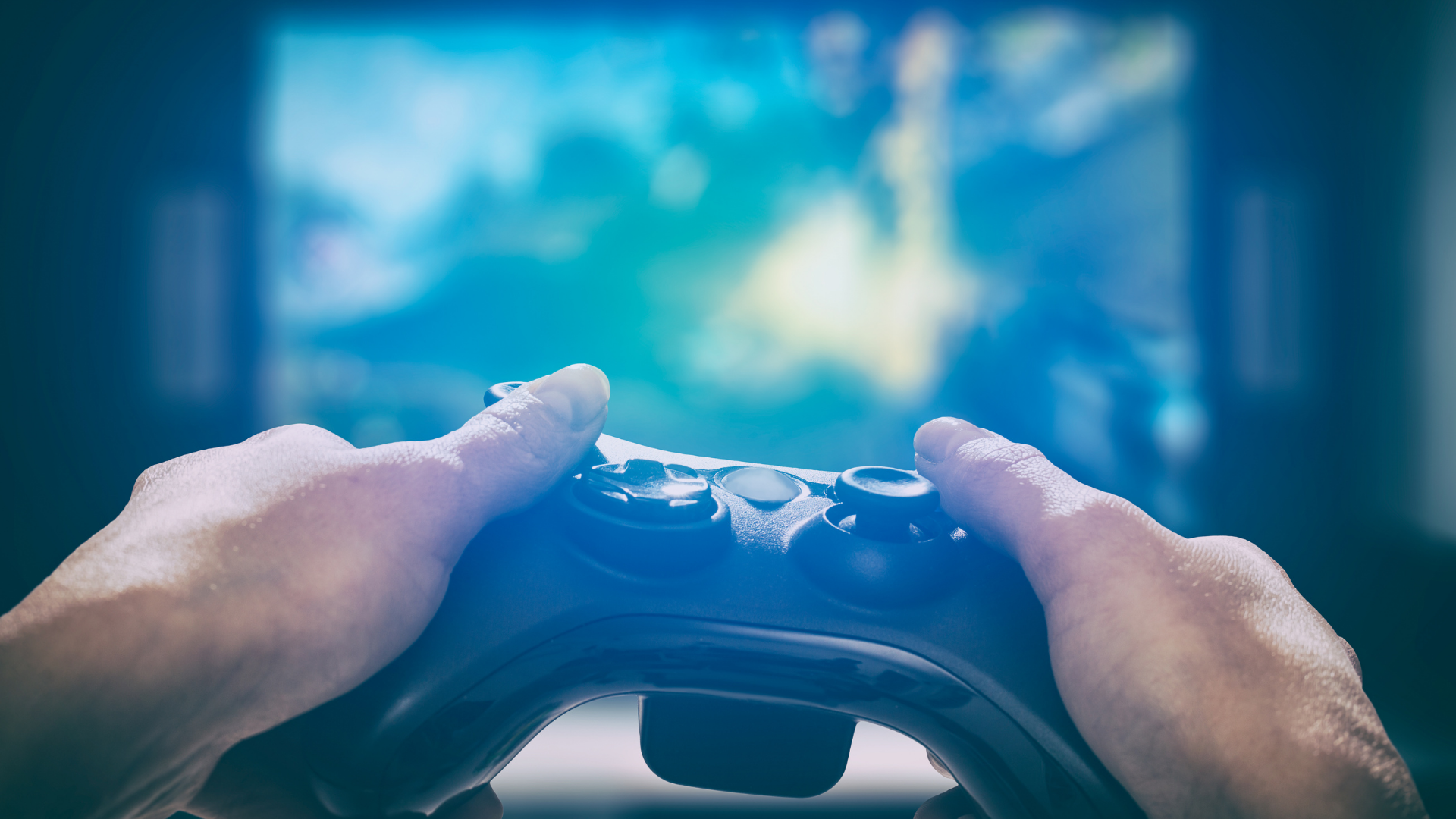
00. The list in brief ↴
01. Best overall: Samsung QN95C
02. Best premium: LG C3 OLED
03. Best cheap: Hisense A6G
04. Best value Samsung: Samsung Q80B
05. Best small screen: Sony A90K
06. Best wall-mounted: LG G3
07. Best value Sony: Sony X94K / X90K
08. Best mid-range: Samsung QN85B
09. Best built-in sound: Panasonic MZ2000
10. Best with Ambilight: Philips OLED 937
11. Choosing the best gaming TV
The best gaming TVs for 2025 are guaranteed to enhance your whole experience, no matter what type of gamer you are or what device you're connecting to the TV. If you're serious about your gaming, we'd recommend upgrading your set to take advantage of next-gen features such as HDMI 2.1 ports and low latency rates.
Other features to look out for in the best gaming TVs include Variable Refresh Rate (VRR) 4K resolution support at 120Hz, and Auto Low Latency Mode (ALLM), which the latest consoles love. If you're shopping for a specific console, meanwhile check out our best PS5 TVs and best Xbox Series X TVs guides, which should help in your search.
If you're still a bit confused about what you're looking out for, don't worry: in our guide, we've reviewed each gaming TV in detail, weighing up the features and benefits and other reasons to buy (such as the all-important price). At the end of this guide you'll also find more information on shopping for the best gaming TV to suit your needs.

It's part of my job here at T3 to test the best TVs, so I'm often hosting a brand new set in my living room, treating it as if it's my own, to gauge how impressive its sound, picture quality and features are. It's this first-hand experience and knowledge that inputs into this best TV guide.
T3's Top 3
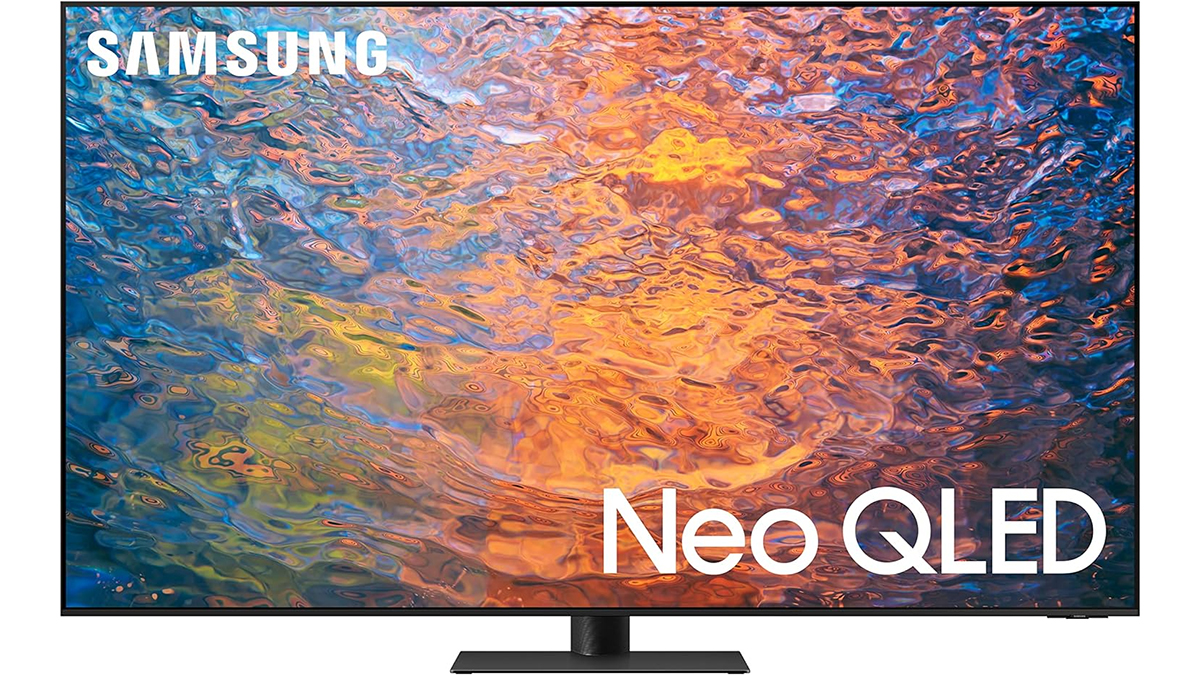
Best gaming TV overall
This isn't an OLED TV, but it looks just as good as one in many respects, thanks to the Mini-LED tech built into it. It's got class-leading local dimming and image processing, and all the features that are going to be on the shortlists of gamers (including four HDMI 2.1 ports). We love just about everything about it, and at the moment it's our top gaming TV pick.
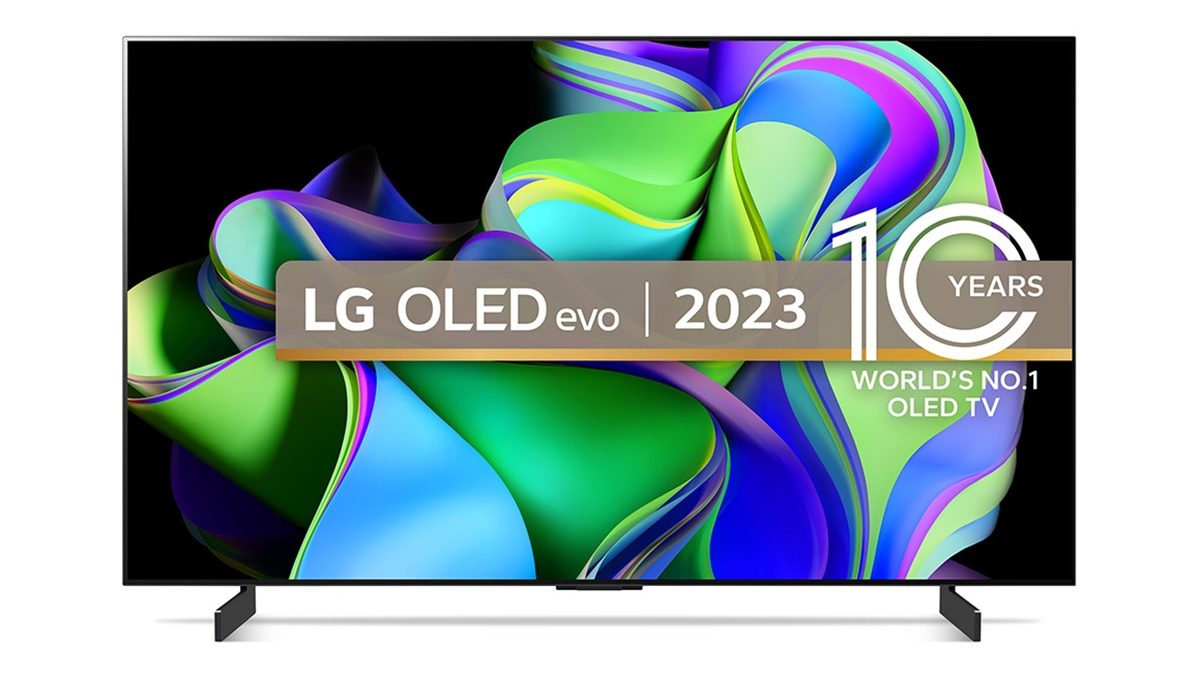
Best premium gaming TV
You'll pay a bit extra for OLED, but we think it's worth it – and the LG C3 is our pick for the best premium gaming TV because of the contrast and the colours it offers. LG has been developing OLED panels for a long time, and you can tell. When you're not gaming, it'll show off your movies and other videos really well too, and it absolutely looks the part.
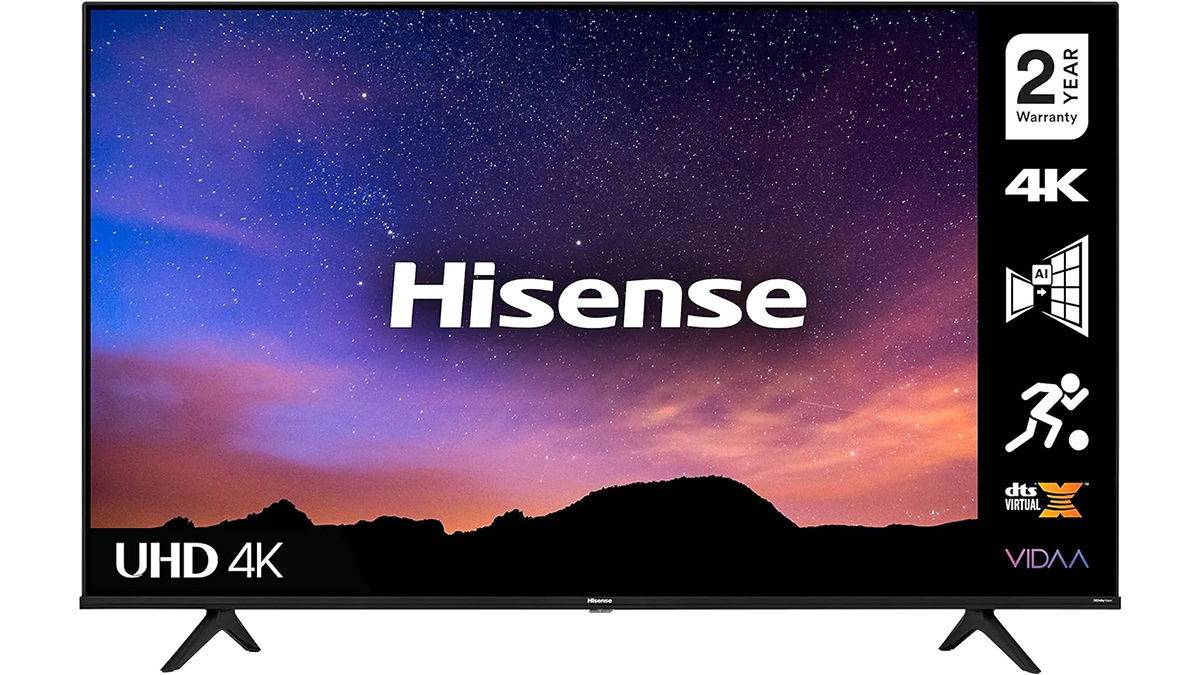
Best cheap gaming TV
The Hisense A6G proves that you don't have to spend a huge amount to get a very good gaming experience: this costs a fraction of some of the other sets out there, but you won't be disappointed no matter what source you connect up to the TV. All three of its HDMI inputs support the 2.1 standard, which makes it particularly appealing for gamers.
The best gaming TVs we recommend in 2025
Best overall
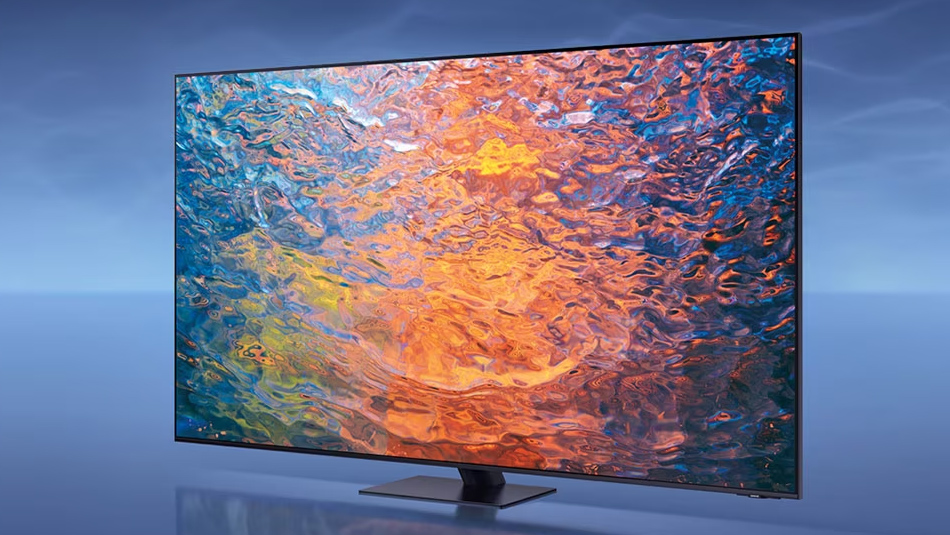
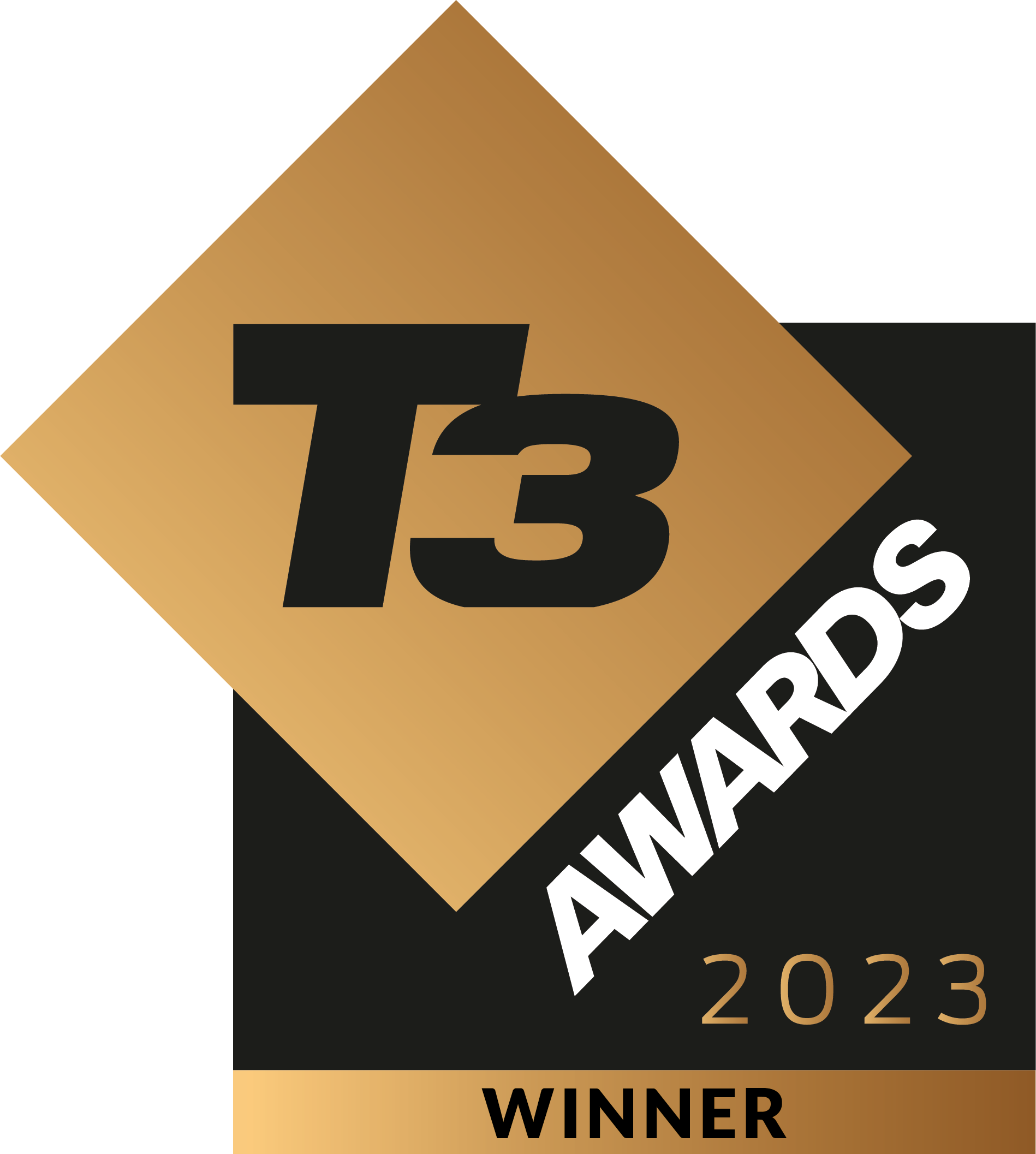
Specifications
Reasons to buy
Reasons to avoid
The Samsung QN95C was the company's 2023 flagship 4K TV – and it shows. It uses a 'Neo QLED' Mini-LED panel for its backlight, which means extremely bright HDR performance, but small lights with new light-shaping tech mean more fine control of local dimming, so when areas need to go dark, they can go really dark.
This is the closest LED TVs have come to OLED's control of contrast, and when you combine it with the cutting-edge processing and better brightness, it's a complete image quality package – as noted in our Samsung QN95C review. There's a relatively high price to pay here, though, so you might want to consider the older and altogether similar QN95B as an alternative (it has fewer dimming zones by comparison).
For those who demand the most control of their gaming performance, this is second to none. It has four HDMI ports, which means total ALLM, VRR and 4K 120Hz support. But most interesting of all is the Game Bar, which is a special menu designed to give you more control over gaming settings without any need to hunt through menus or restart everything.
Best premium
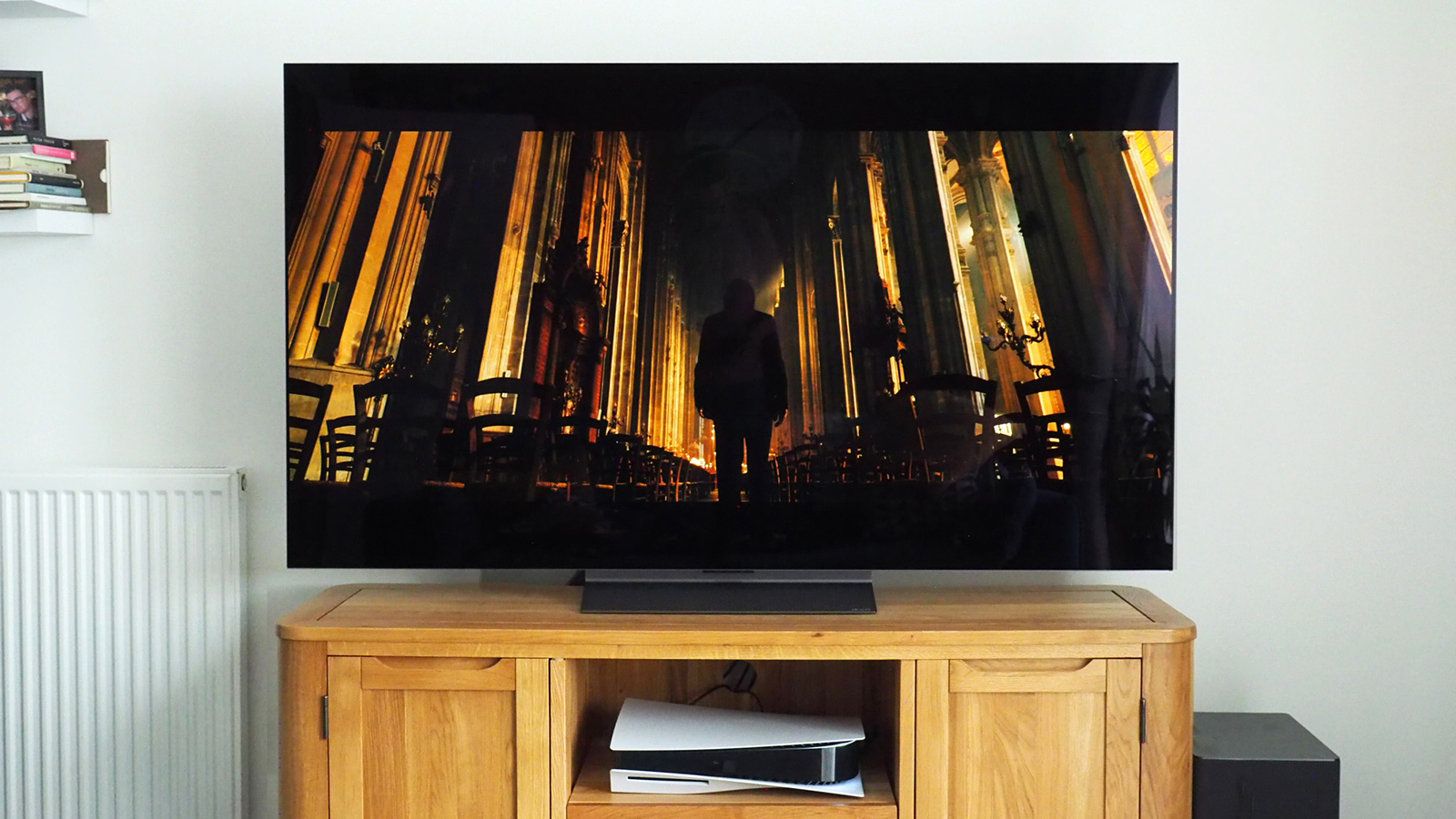
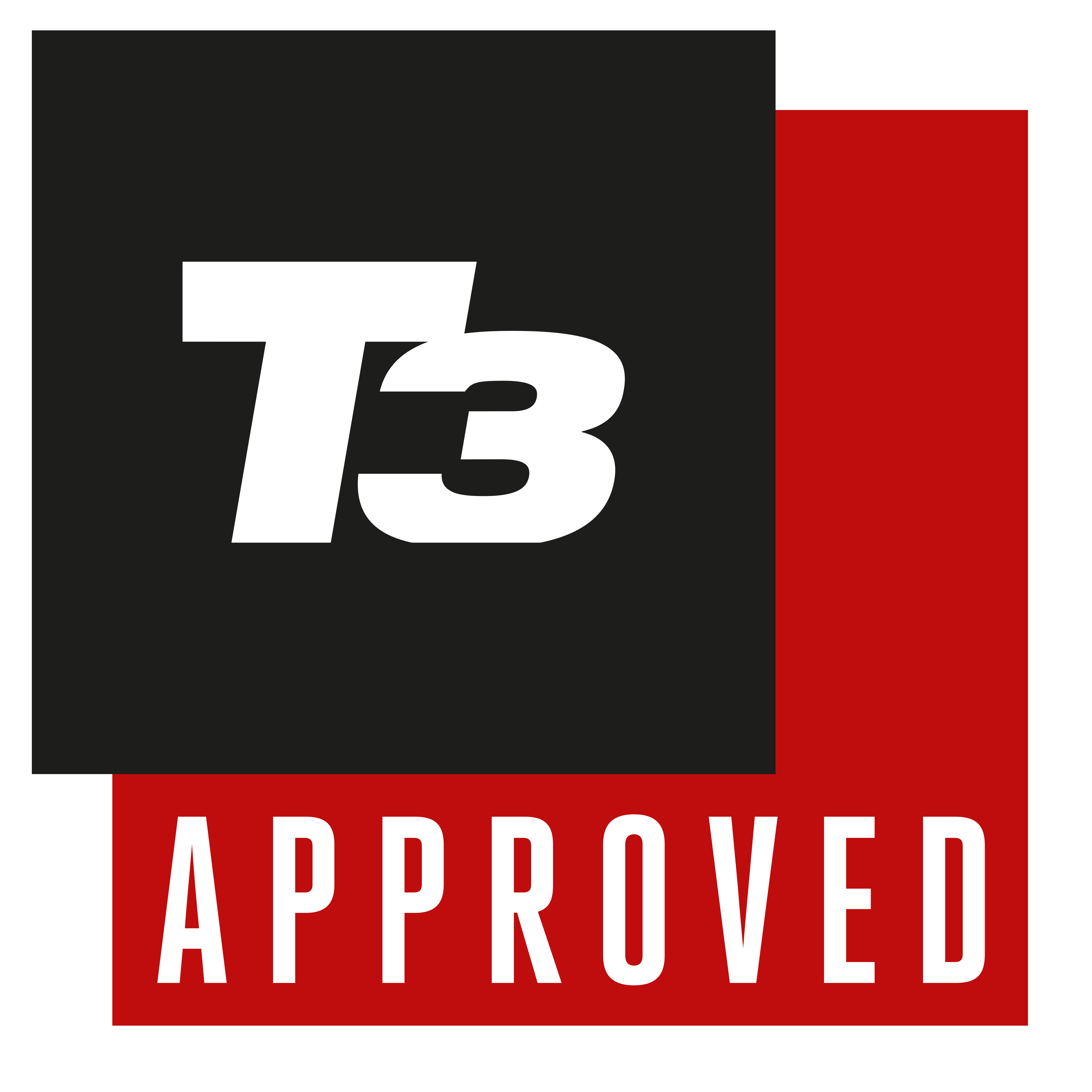
Specifications
Reasons to buy
Reasons to avoid
Even though LG's C-series TVs are a step down from the G-series, we think the LG C3 OLED is the best gaming TV for most people right now, taking everything into consideration – picture sizes, prices, gaming features, and so on. It's a stunning OLED television set, and produces fantastic visuals no matter what the input.
There are no fewer than four HDMI 2.1 ports, which means you get all of the 4K/120Hz, VRR and ALLM goodness that you're going to want as a gamer. We like the brightness of this screen, and the upscaling capabilities, and you won't be disappointed when connecting this to a gaming device of any description.
It's only the sound quality that's a little underwhelming, and it's also worth bearing in mind that the LG C2 OLED is still around and still very good – and available for less money than the LG C3 OLED. It's possible that the LG C2 OLED would be the better pick for you, though the newer model has a faster processor installed inside.
Best budget
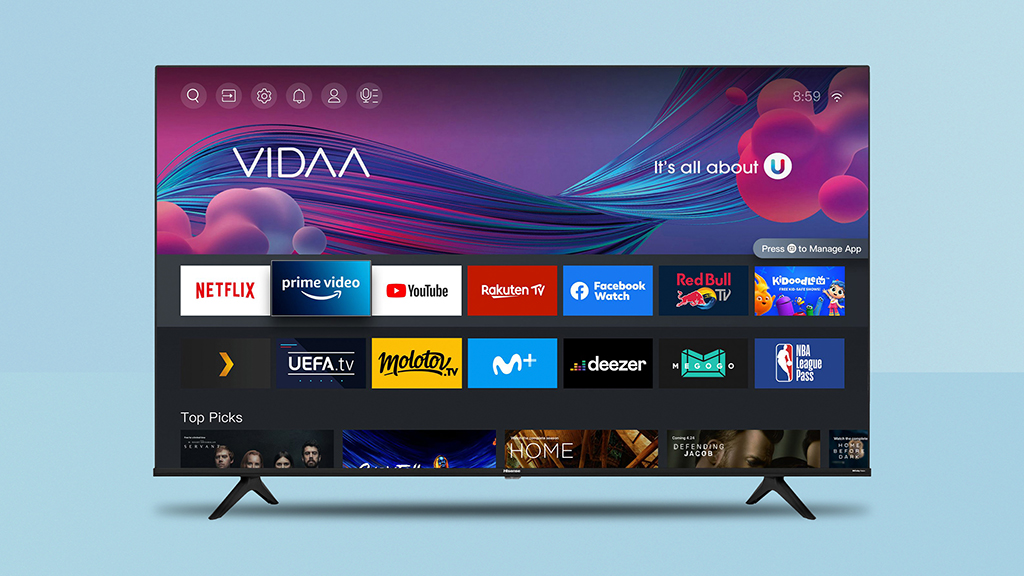

Specifications
Reasons to buy
Reasons to avoid
You know what you're getting from a Hisense gaming TV: a big, well-specified TV at a price that makes other brand's entry-level models seem awfully underpowered. The A6G is priced aggressively and features both HDR10+ and Dolby Vision HDR, and it also supports the VRR and ALLM aspects of HDMI 2.1 on all three of its HDMI inputs.
There's also eARC compatibility, integrated Wi-Fi, and USB, Ethernet, CI Card and RF connectors here as well, plus composite video. In our Hisense A6G review, we found the picture quality sat somewhere between "acceptable for the money" and "really rather impressive". The motion control isn't unnatural, detail enhancement isn't too aggressive, and skin tones are very life-like.
Budget models do require some corner cutting, of course. The blacks aren't very deep – the darkest is a very deep grey rather than a true black – and it isn't hugely bright, so you don't get the impressive levels of contrast you'll find in more expensive sets. It's not brilliant at upscaling but it's very good with full HD 1080p and 4K content.
Best value Samsung
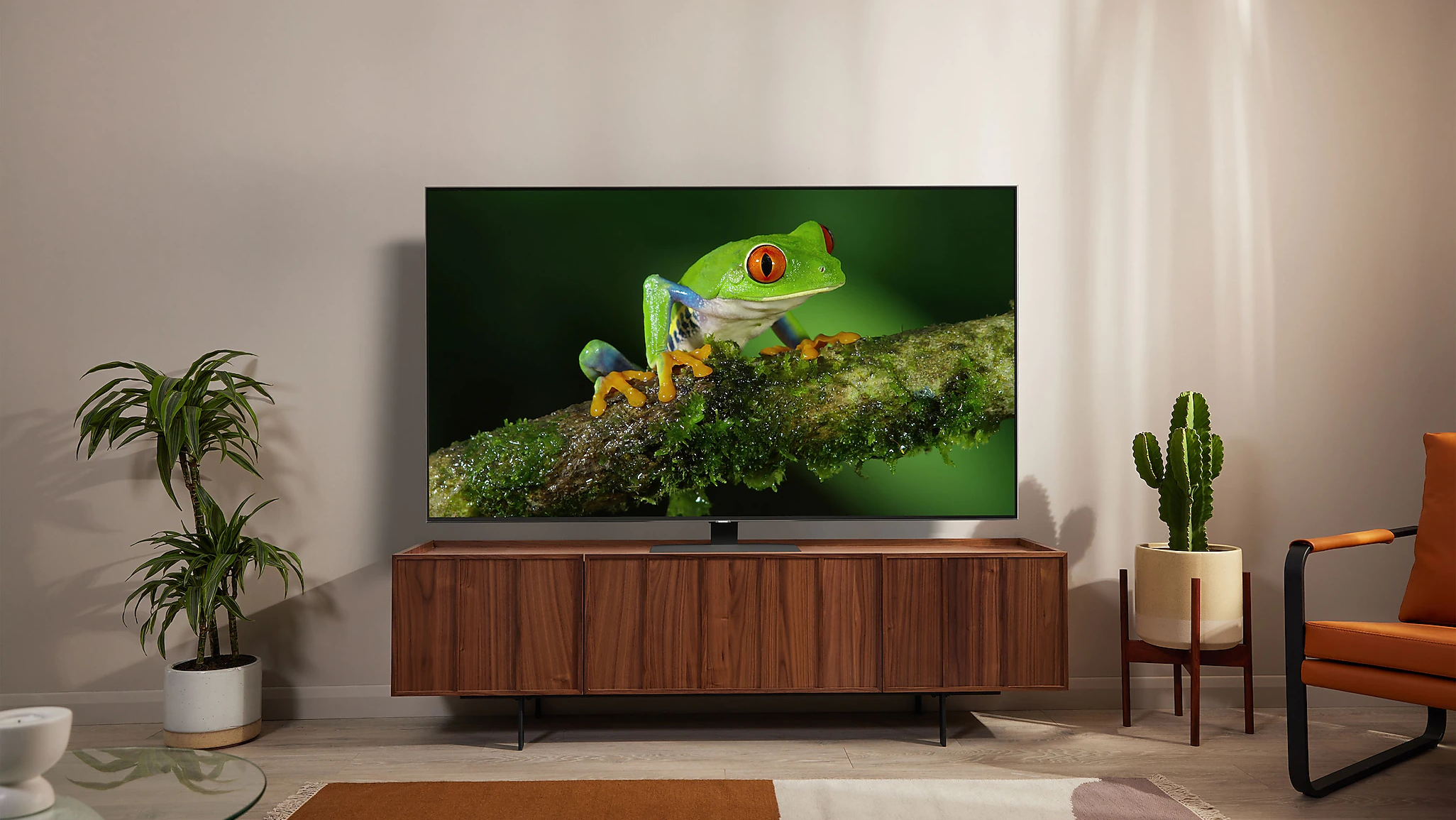

Specifications
Reasons to buy
Reasons to avoid
The Samsung Q80B is a solid choice for the best gaming TV if you don't want to have to break the bank for the more expensive models. Apart from on the 50-inch version, all four HDMI 2.1 ports support 4K 120Hz inputs, with ALLM, Nvidia G-Sync and FreeSync Premium Pro compliance, so you're very well covered.
Black level performance, brightness, and image processing are all impressive on this particular set, while HDR handling is done really well. Whatever games (or movies) you want to load up on this particular set, you're guaranteed to get a really good picture, with superb colour and detail.
Away from the gaming aspect of the TV, the on-board Tizen OS does a very good job of offering you all the streaming apps you're likely to need, if you don't want to have to plug in a separate box or dongle. All in all, easily one of the best gaming TVs on the market at the moment – shop around for the best price.
Best small screen
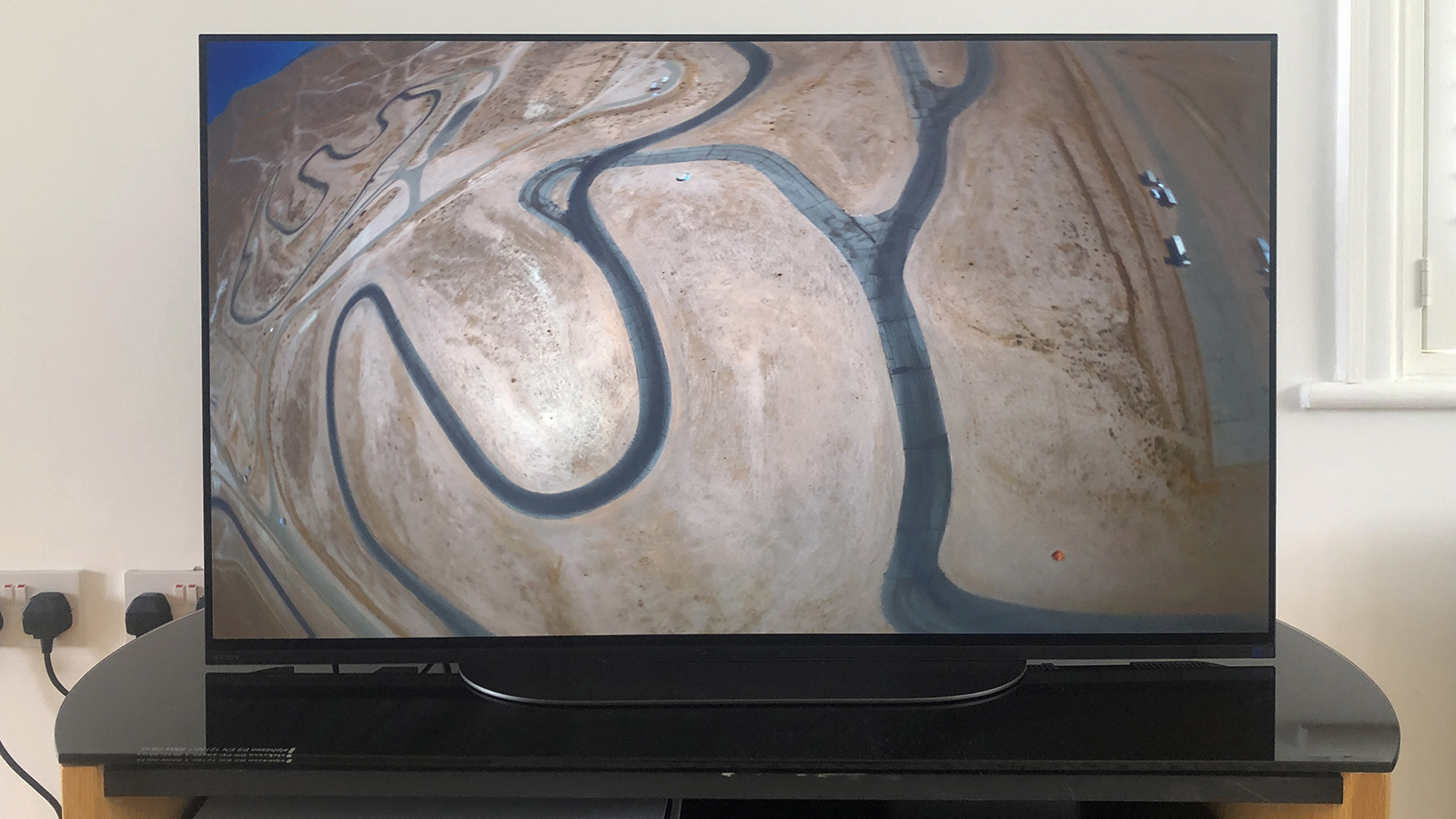

Specifications
Reasons to buy
Reasons to avoid
We don't all have huge amounts of space for a gaming TV, and this is a set that's going to appeal to those who want something that's a bit more compact: 42 inches or 48 inches to be exact, which are the two sizes that this OLED set comes in. It's slim and well-designed too, as well as being on the smaller size.
In our Sony A90K review, we noted the "exquisite" colour balance and the "vibrancy" of the images – it's clearly a television that's going to give you a superior picture for your games and anything else you want to throw up on it. Sony has been making OLED TVs for many years, and that level of expertise definitely comes across.
Two of the four HDMI ports are up to the 2.1 standard, which means all the advantages of 4K at 120Hz, VRR, and ALLM for your next-gen consoles. Add in the decent response time and it's a set that'll excel in terms of gaming.
Best wall-mounted
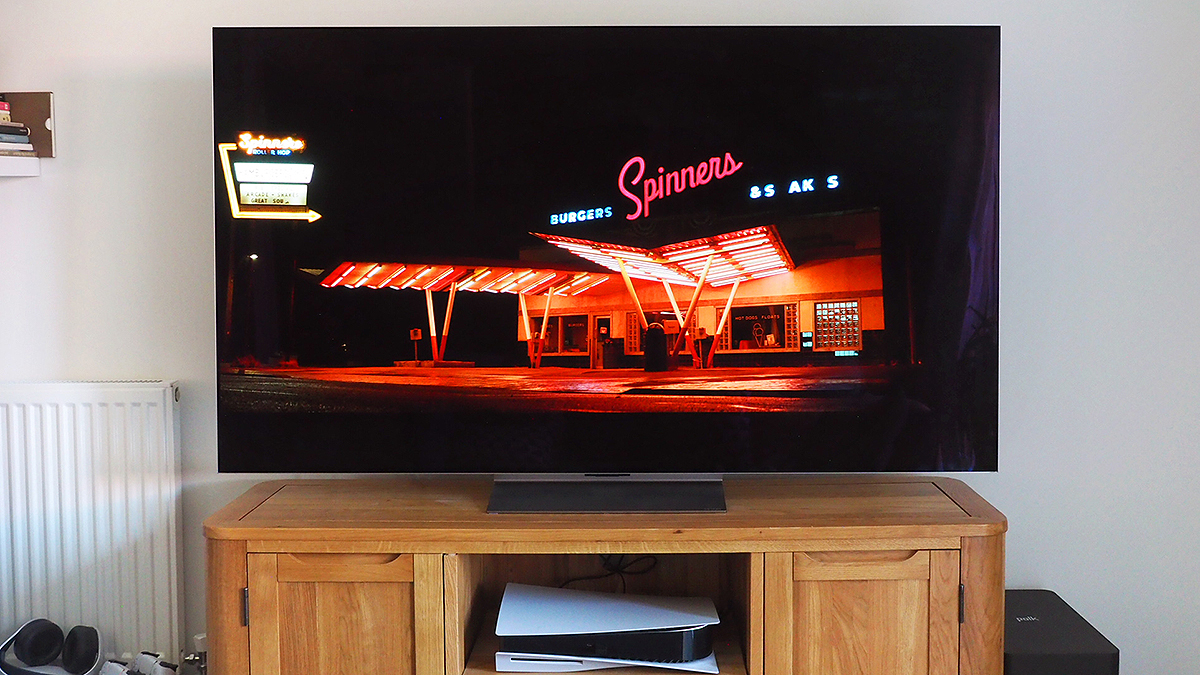

Specifications
Reasons to buy
Reasons to avoid
Building on the excellent LG G2, the LG G3 is a truly great OLED TV and a truly great gaming TV as well – whatever you're using this television for, it's not going to let you down, and indeed it's very likely to exceed your expectations. It's quite simply one of the brightest, best quality OLED panels on the market at the moment.
As for gaming-friendly features, you've got the four HDMI 2.1 ports that are all ready for 4K 120Hz, VRR and ALLM, plus support for both Nvidia G-Sync and AMD FreeSync Premium – that's just about every gaming feature you could want catered for, and you can also get the input lag down to less than 10ms for super-fluid gameplay.
Note that the television doesn't come with a stand, so that's going to cost you extra, and you might find better brightness elsewhere on LCD LED sets – but otherwise it's hard to find any faults at all here. It's certainly going to cost you a substantial amount of money, but we think that it's worth it for the quality that you get.
Best value Sony
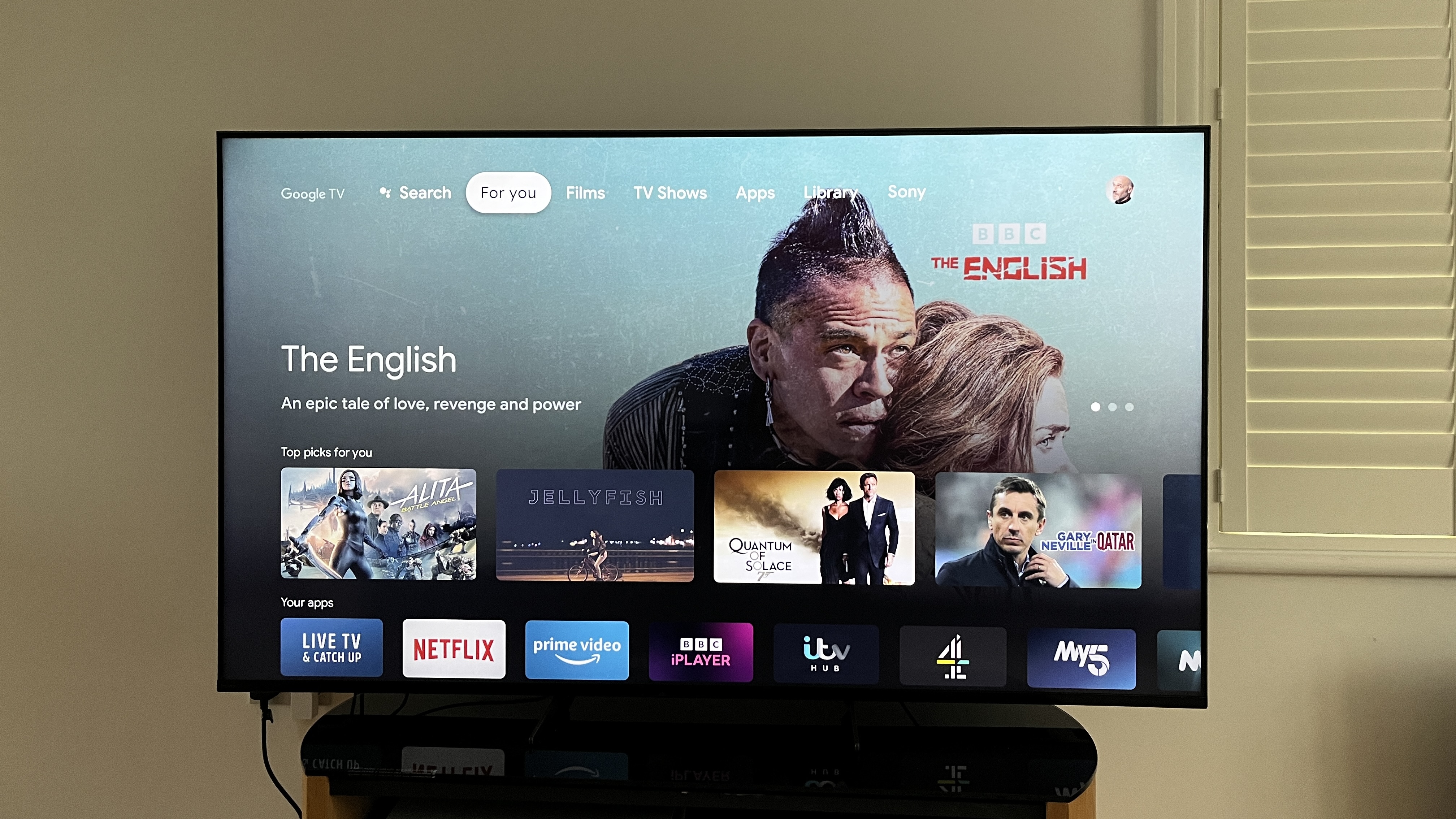

Specifications
Reasons to buy
Reasons to avoid
The Sony X94K / X90K (depending on where you buy it from) brings with it lots to like: from the gaming mode that can optimise the set for use with consoles, to the design that gives off stylish and slender vibes, this is well worth a place on our best gaming TVs list – and on your shortlist of potential buys.
Two of the four HDMI ports here are HDMI 2.1, which gives you the full 4K 120Hz gaming experience from compatible connected devices. In our time testing the TV we were big fans of the picture when gaming, which we described as "colourful, high-contrast and packed with detail".
When you're not gaming, the Sony X94K / X90K continues to acquit itself well too. It upscales older content well, and the Google TV interface that's built into the set is one of the best around at the moment. You'll find that it's money well spent and a real pleasure to use.
Best mid-range
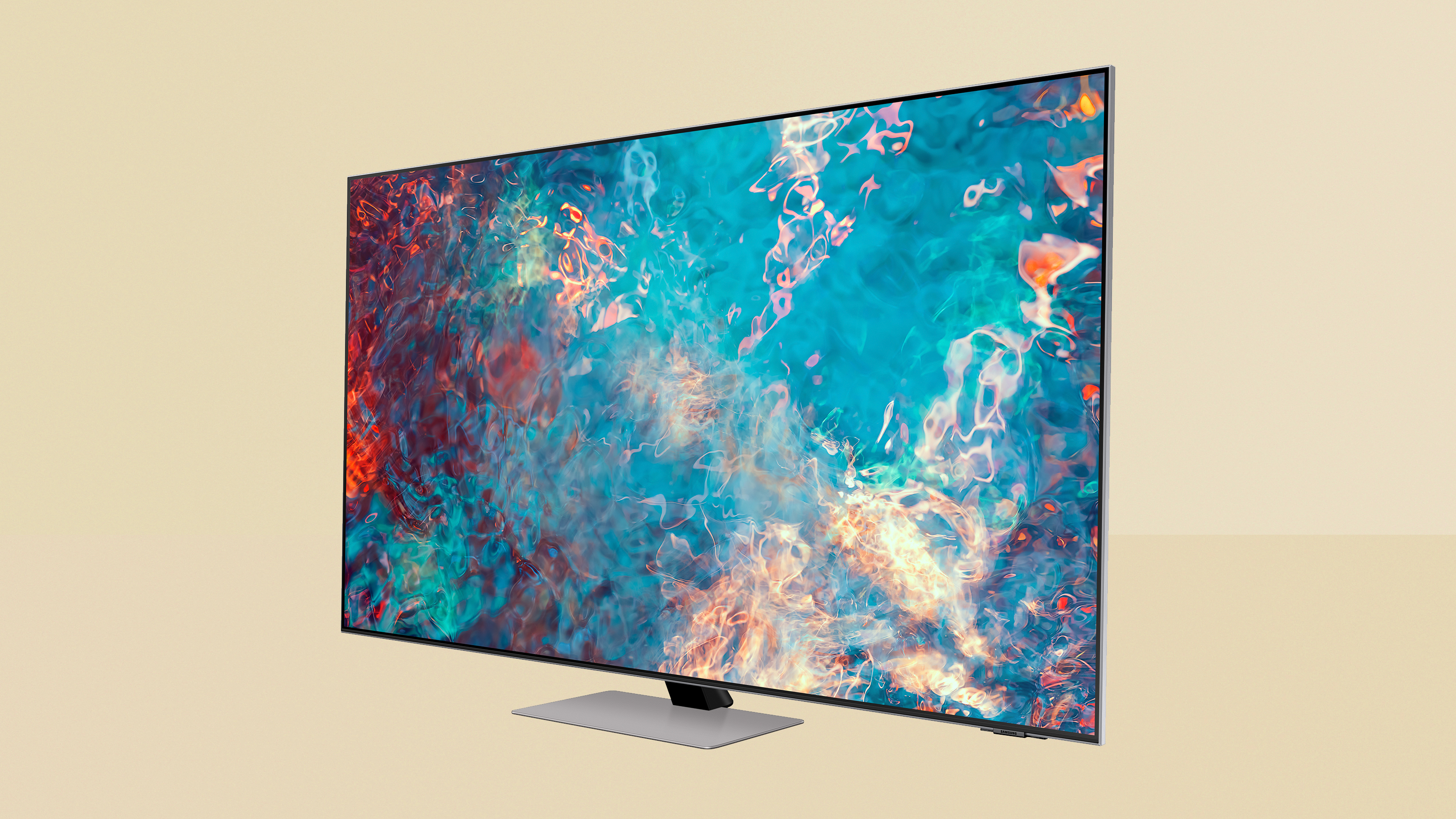

Specifications
Reasons to buy
Reasons to avoid
The Samsung QN85B is an affordable Mini-LED model, offering stunning brightness and more precise local dimming than regular LED tech is capable of. Compared to some newer models there are fewer dimming zones here, so there's a bit more blooming from light areas to dark, but the overall effect for HDR is still just absolutely amazing.
You've got HDMI 2.1 support with 4K 120Hz, VRR and ALLM all on board, and it's easy to see and tweak your settings thanks to Samsung's useful Game Bar interface, which lets you customise which game-friendly features are turned on. With extremely low input lag, this makes it a real winner for gaming overall.
It's a fantastic TV for regular viewing too. The only issues are that it doesn't support Dolby Vision HDR, which is likely to be important for Xbox gamers. If you're looking for something a little older and want to spend less, the previous Samsung QN85A is a good alternative.
Best sound
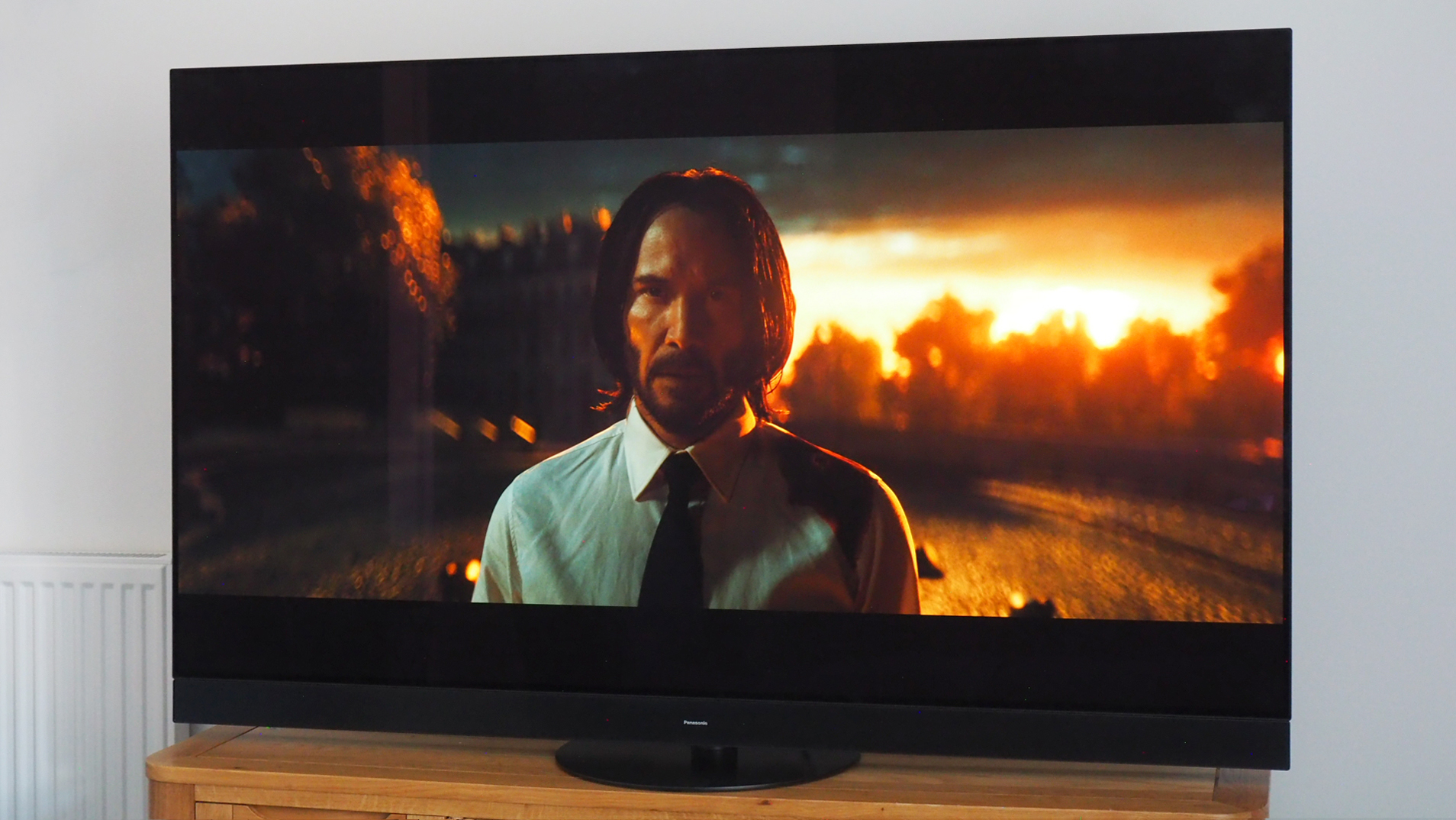

Specifications
Reasons to buy
Reasons to avoid
If you want your games to sound great as well as look great on a TV, then perhaps the Panasonic MZ2000 is the best gaming TV for you: there's a very immersive Dolby Atmos sound system integrated into this set, which makes a significant difference when it comes to the music and other audio accompanying your gaming sessions.
There's lots more to like about this particular set as well, including a stunning OLED panel that gives you fantastic image quality, and the versatile image processing that ensures colours that pop and the sort of depth and detail you would expect from a consumer TV costing as much money as this one does.
Specifically for gaming, there's a Game Control Board for managing gaming settings while you're playing, and a reduced input lag from previous models. There's a dedicated gaming mode too, offering support for 4K 120Hz, Variable Refresh Rate (VRR), and AMD Freesync Premium certification – though only on two of the four HDMI ports.
Best with Ambilight
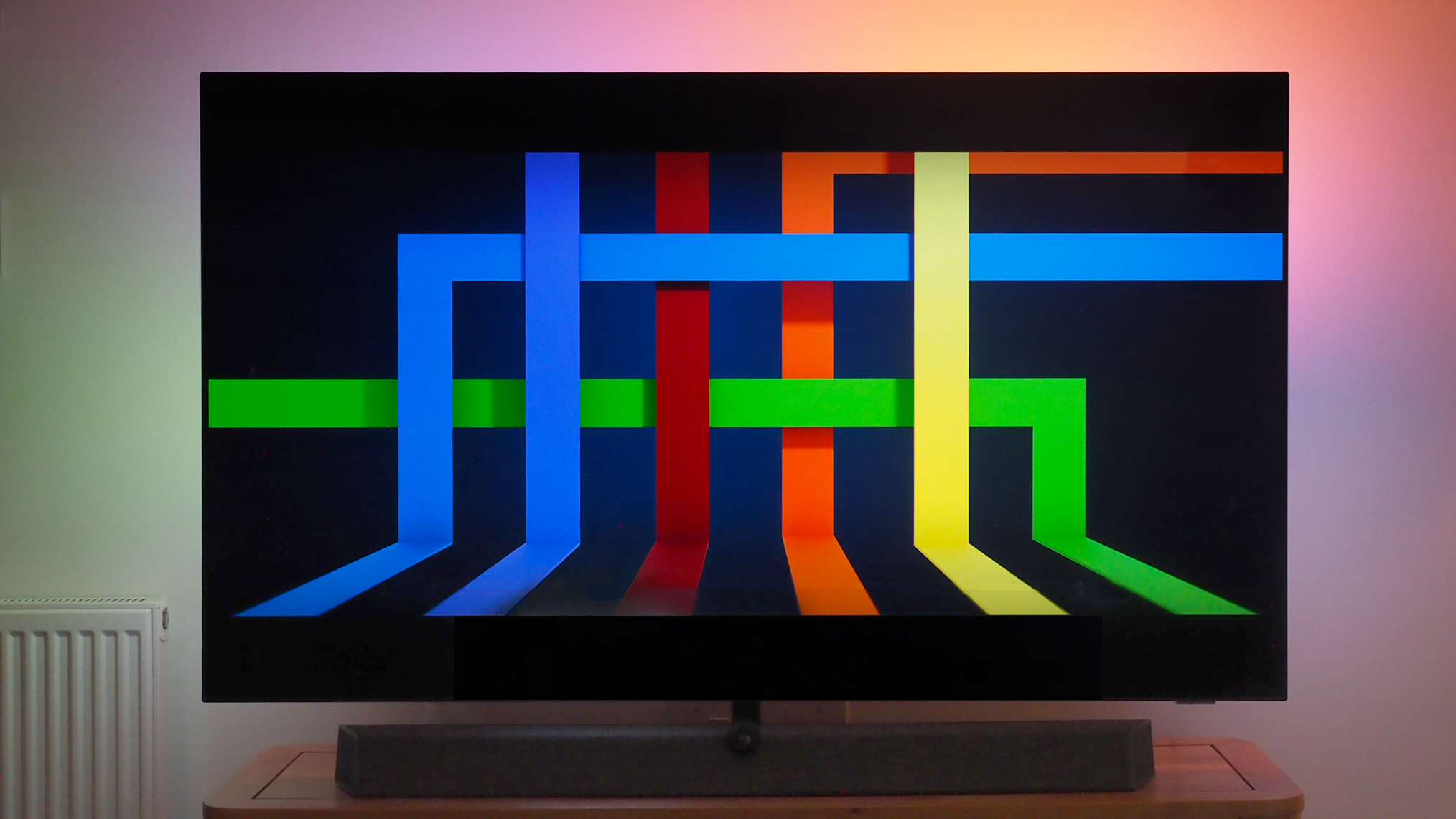

Specifications
Reasons to buy
Reasons to avoid
This is another OLED set that's well worth a place on our list of the best gaming TVs available right now. The Philips OLED 937 brings with it superb picture and sound quality, as well as some great extras like the Ambilight system that will match the set's background lights to whatever's being shown on screen for extra immersion.
While the asking price is pretty steep for this TV, sometimes you've got to pay for quality, and the Philips OLED 937 is well worth it. For the purposes of this list, two of the four HDMI ports on this set have the 4K/120fps support that you'll want if you're connecting the latest generation of consoles to the television.
Another key reason why this set stands out is the 5.1.2 channel speaker setup, engineered in partnership with Bowers & Wilkins and with Dolby Atmos support. Whether you're playing games or watching movies, the quality of the sound system truly impresses, and is substantially better than on a lot of similar TV sets.
How to choose
What to look for in the best gaming TVs
Many of the best TVs overall, from budget sets to flagship OLED TVs, can be great for console gaming, but if you use the wrong picture preset while gaming on these TVs, things will start to feel off immediately. That's because the image processing that all TVs rely on makes a gigantic difference when it comes to 'input lag' – that’s the time between when you push a button on your controller and when you see the results on-screen.
What all the best gaming TVs have is an excellent Game mode. Simply put, a Game mode deactivates a lot of the picture processing used when you're watching movies or TV, because these features really slow down response time. By disabling them, you can gain valuable microseconds, which in turn plays to your advantage in fast-moving games. The difference doesn't sound like much, but it is – it makes games seem sluggish, and is really a problem in things that are fast-moving, or that require precision.
You've probably already worked out the price to pay when engaging low-latency Game mode: turning off some picture processing means image quality suffers. Potentially, things can look less sharp, there’s more obvious noise and banding, and contrast can also take a hit. So we're looking for TVs that still deliver great-looking pictures, balancing low latency still with a bit of processing.
A feature to help make sure that you're not suffering unnecessarily from lag is built into next-gen consoles. It's called Auto Low-Latency Mode (ALLM), and the idea is that it's a standardised signal the console can send that TVs can receive, and know they need to switch into a gaming-friendly mode that reduces latency. The crucial part is that it's all platform agnostic – as long as your console and TV both support it, it all happens seamlessly even if they're from different manufacturers.
One of the most exciting new features of the next consoles is that they can output video in 4K at up to 120 frames per second (4K 120Hz) – current-gen consoles offer 60 frames per second maximum. Higher frame rates mean two things: one is that you see the games responding to your inputs twice as fast (because a new frame is created in half the time); the other is that everything on-screen should look extra clear even in motion, because you're seeing its movement happen in smaller increments. Basically, for games that support this (which won't be all, by any means), you'll be able to react more quickly and accurately to action, and motion will look much smoother and more realistic. Here's our full 120Hz gaming explainer, if you want more details.
Related is another key next-gen feature: Variable Refresh Rate (VRR), which is designed to help keep games looking smooth in balance with visual quality. The idea here is to sync how quickly your console generates a new frame with how often your TV is expecting to show a new frame – if the two aren't in lock, you can end up with what's called 'screen tearing', where you see a half-finished frame, making everything look weird. It's a big deal – our VRR explainer will tell you exactly how it works, if you want to dig in further.
These three technologies (ALLM, 4K 120Hz, VRR) are all supported by HDMI 2.1, which is the new generation of the venerable connection. HDMI 2.1 uses the same connection type as previous HDMI ports, so everything is backwards compatible – but its big upgrades are supports these new technologies, as well as 8K. Our HDMI 2.1 explainer can tell you everything you need to know about the new standard. Sadly, you won't find HDMI 2.1 on on many of the best TVs under £1000, and none of the best TVs under £500, which is why our top picks here are fairly premium. However,
You might also have seen that Sony is advertising some of its TVs as 'Ready for PlayStation 5'. To qualify, TVs need to have a really low response time – under 7.2 milliseconds – and support 4K 120Hz over HDMI. Note that the TV doesn't need to support VRR to quality. Also, right now, the TVs need to be made by Sony – we don't know if Sony will allow others to get this branding, but we wouldn't bet on it, so don't be surprised not to see this advertised on other sets. It doesn't mean they're not still perfect for the new PS5 features, though.
Sign up to the T3 newsletter for smarter living straight to your inbox
Get all the latest news, reviews, deals and buying guides on gorgeous tech, home and active products from the T3 experts
For over 25 years, Steve has been casting his keen eyes and ears over the best that the world of TV and audio has to offer. He was the creator of Home Cinema Choice magazine, and contributes to huge range of technology, home and music titles along with T3, including TechRadar, Louder, Ideal Home, the i newspaper, and more.
- Mike LoweTech Editor
- Matthew Bolton
-
 The new Mercedes Vision V concept might be the coolest van I’ve ever seen
The new Mercedes Vision V concept might be the coolest van I’ve ever seenThe interior of this Mercedes van looks more luxurious than a private jet
By Alistair Charlton
-
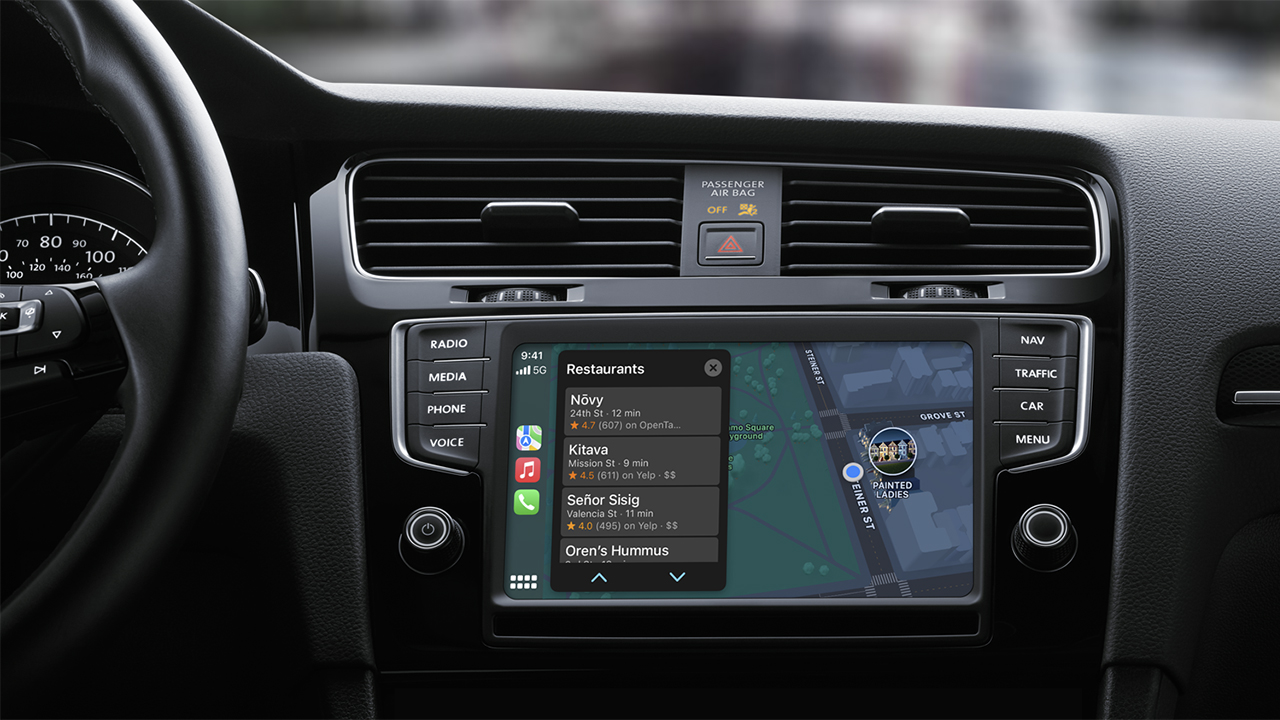 One of Apple CarPlay's new Tesla-like features will soon be removed again
One of Apple CarPlay's new Tesla-like features will soon be removed againJust when you thought you could watch Netflix through CarPlay
By Rik Henderson
-
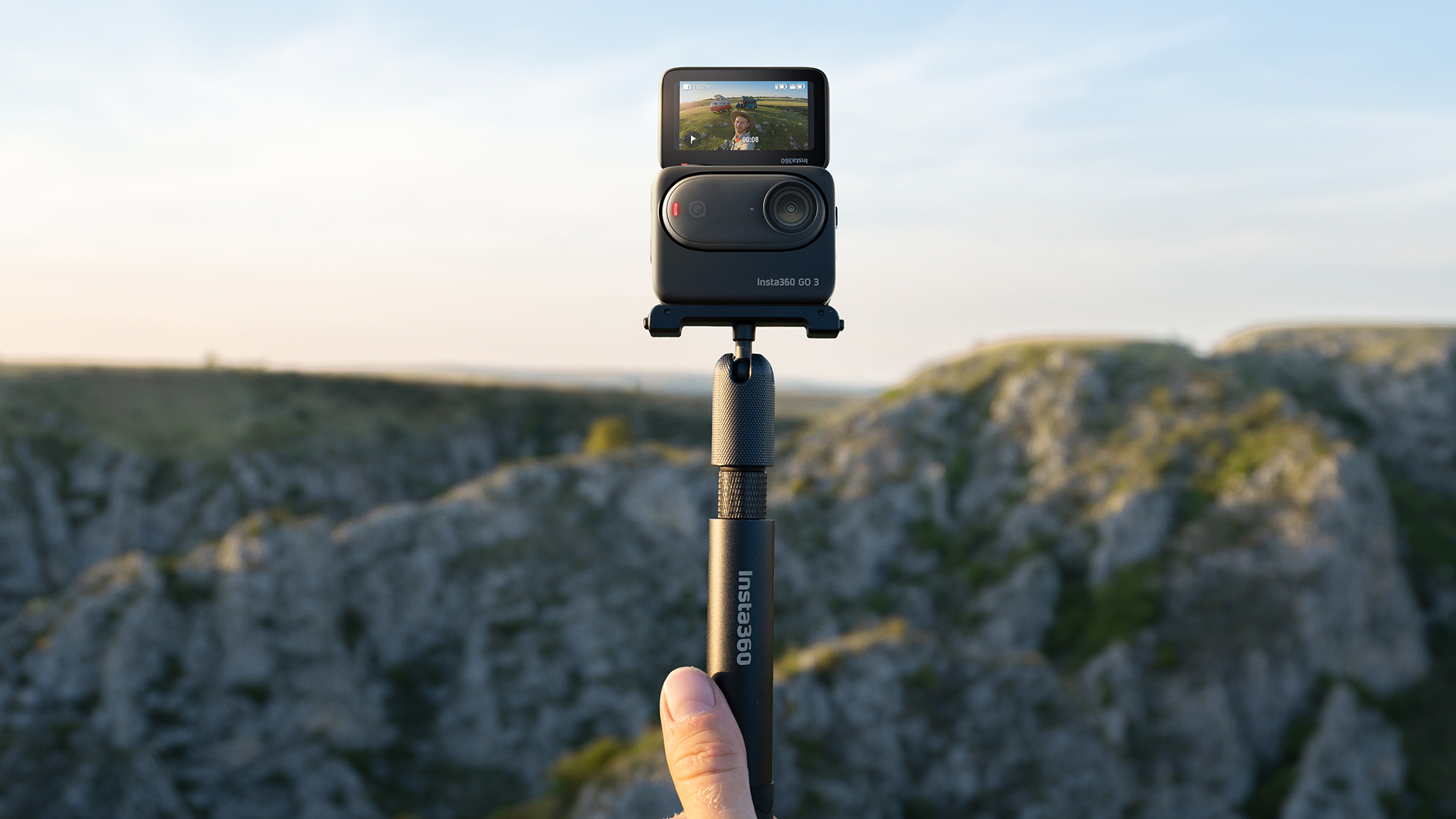 Best action camera 2025: rugged cams for adventurers and vloggers
Best action camera 2025: rugged cams for adventurers and vloggersThe best action cameras from GoPro, DJI, Insta360 and others to capture your adventures
By Matt Kollat
-
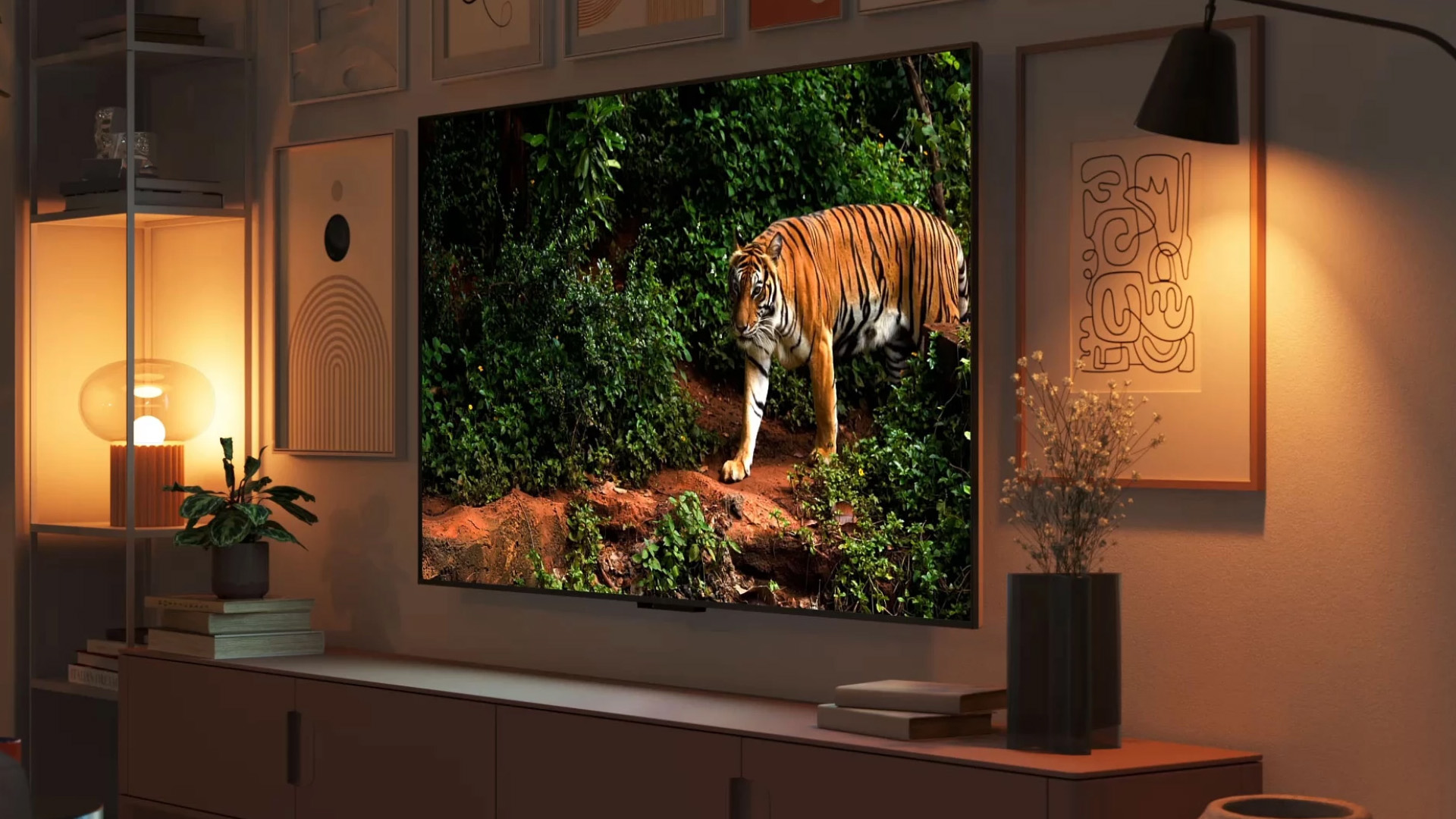 Amazon Fire TV Omni Mini-LED 4K TV review: a huge step up in performance
Amazon Fire TV Omni Mini-LED 4K TV review: a huge step up in performanceAmazon's second-gen Fire TV and first Mini-LED TV is a great option
By Steve May
-
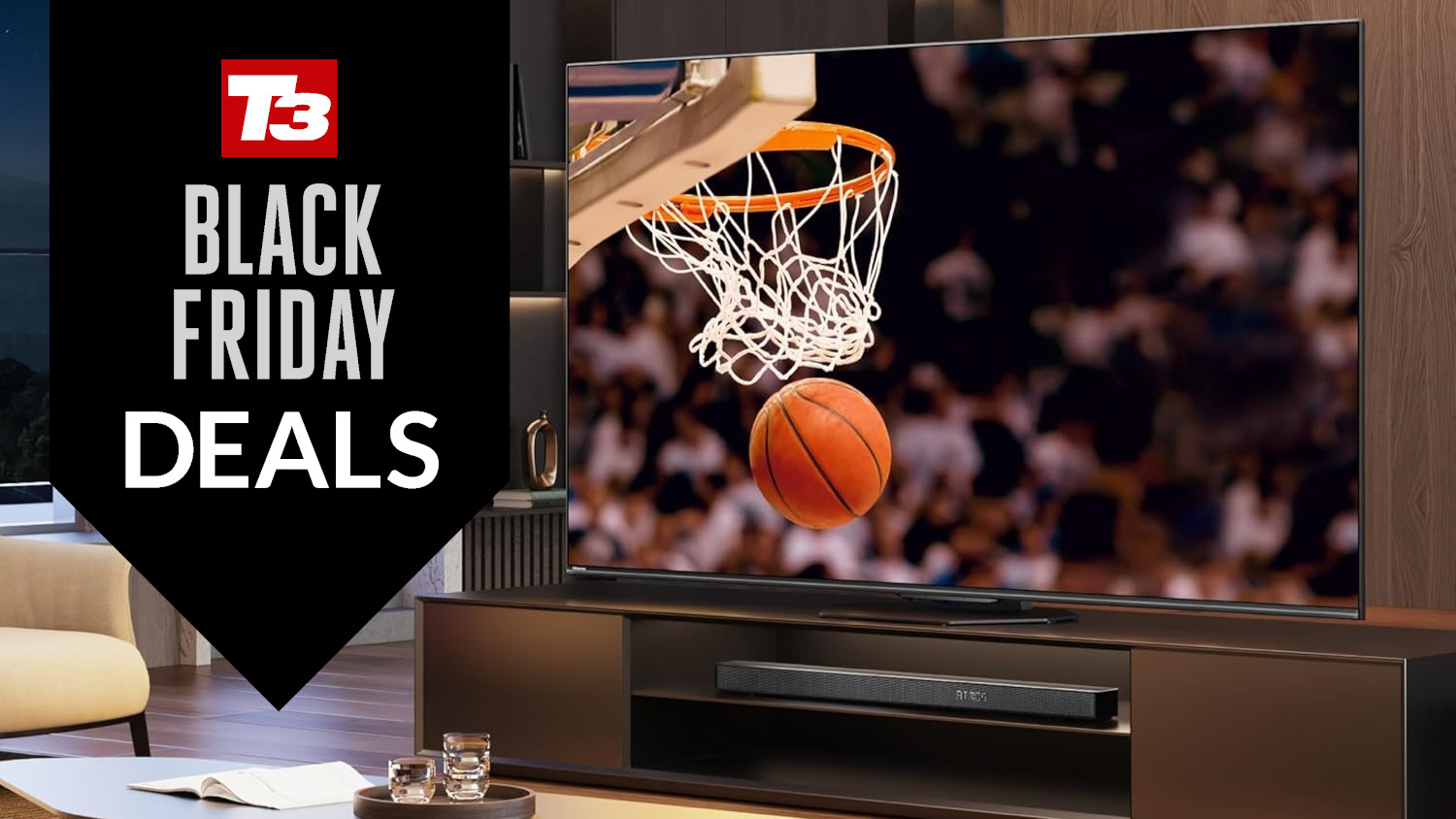 Early Black Friday deal sees price of massive 75-inch TV slashed
Early Black Friday deal sees price of massive 75-inch TV slashedYou'll even get a free copy of NBA 2k25
By Sam Cross
-
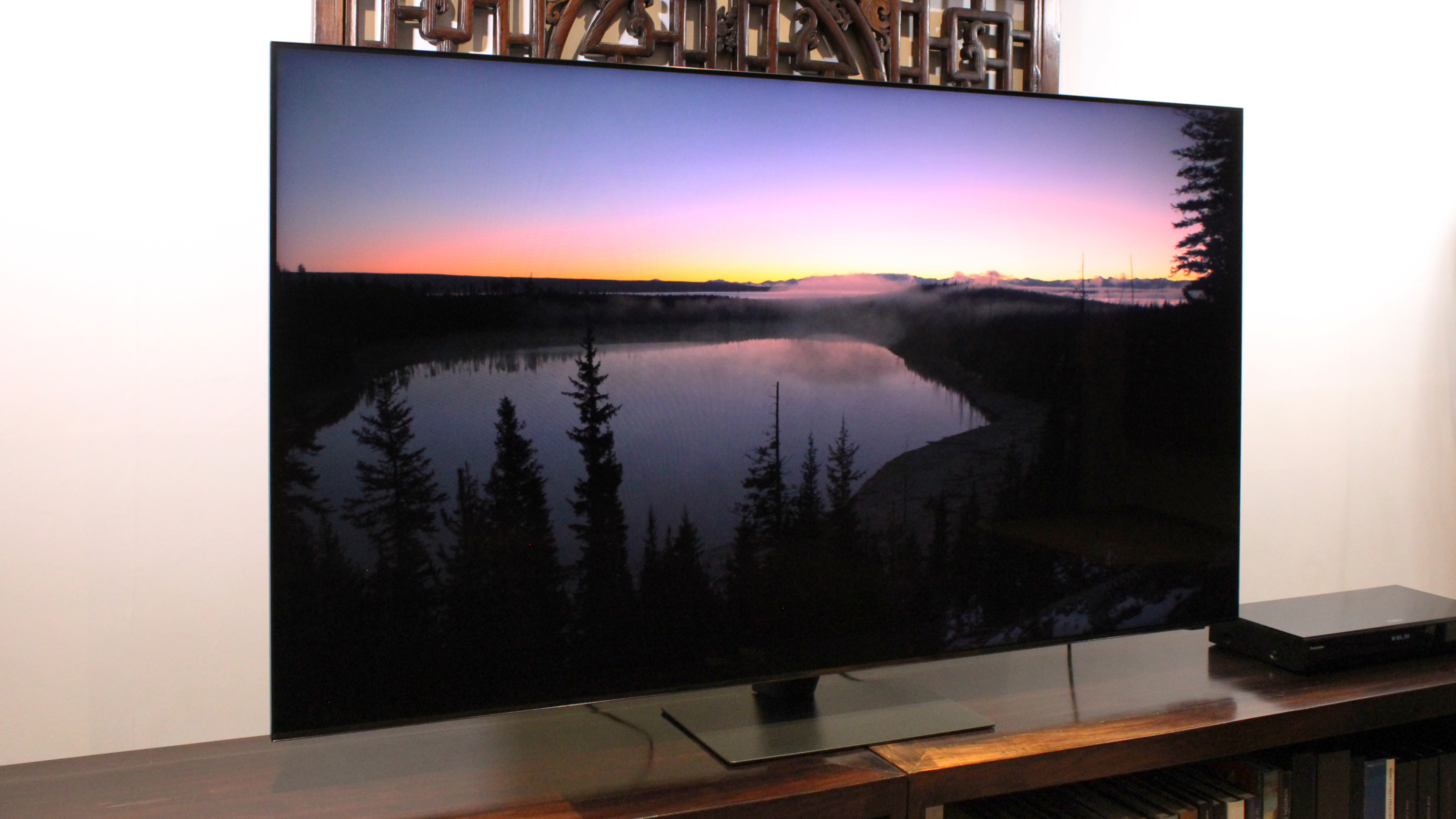 Your Samsung TV just got its biggest free upgrade yet
Your Samsung TV just got its biggest free upgrade yetOne UI is rolling out to the latest Samsung TVs now
By Britta O'Boyle
-
 Best earbuds 2025
Best earbuds 2025Small in size but big in sound quality – these are ideal in-ear options
By David Nield
-
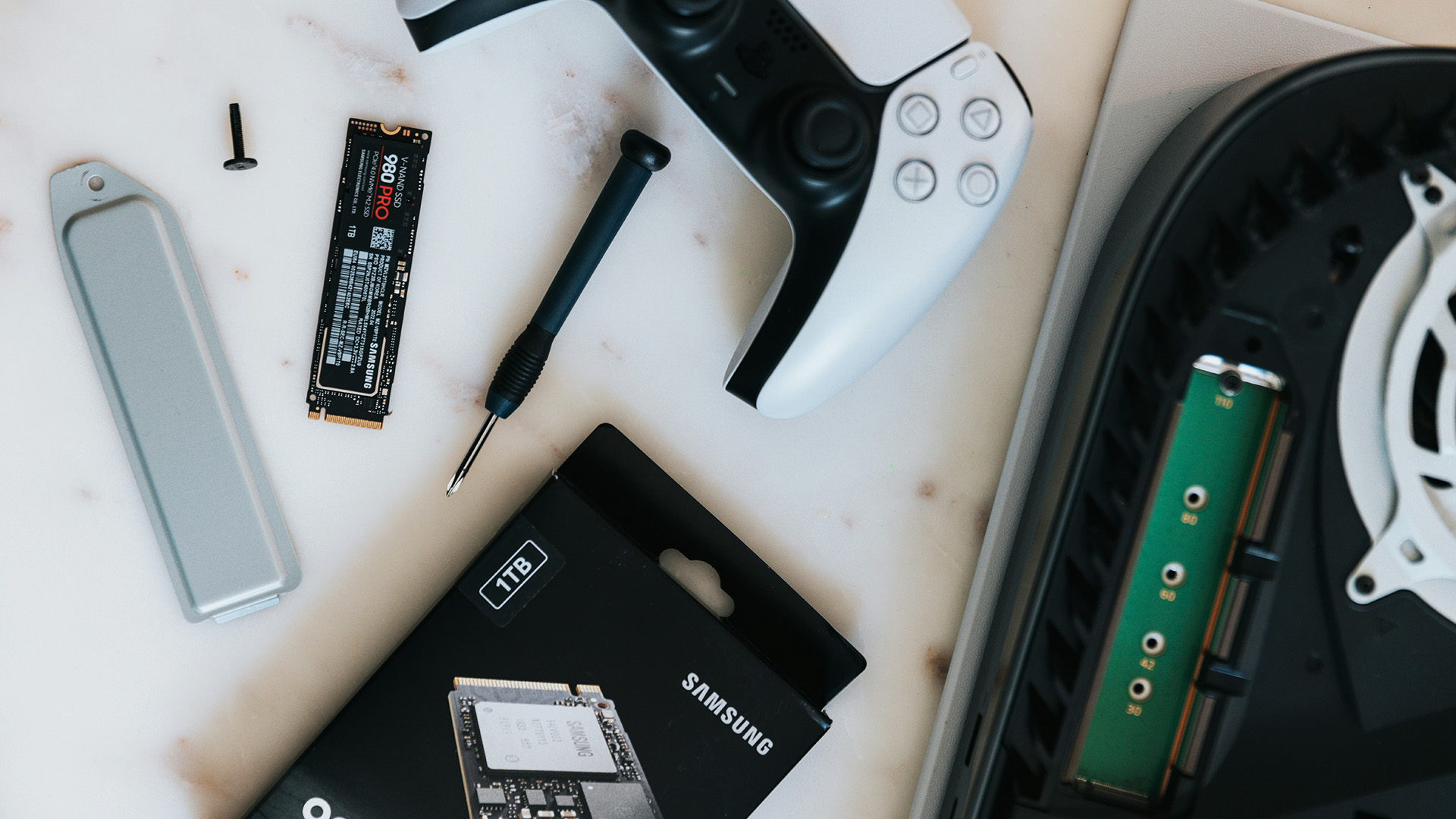 Best PS5 SSD 2025: store 100s more games on your PlayStation 5
Best PS5 SSD 2025: store 100s more games on your PlayStation 5The definitive guide to the best SSDs for PS5 available today
By Rik Henderson
-
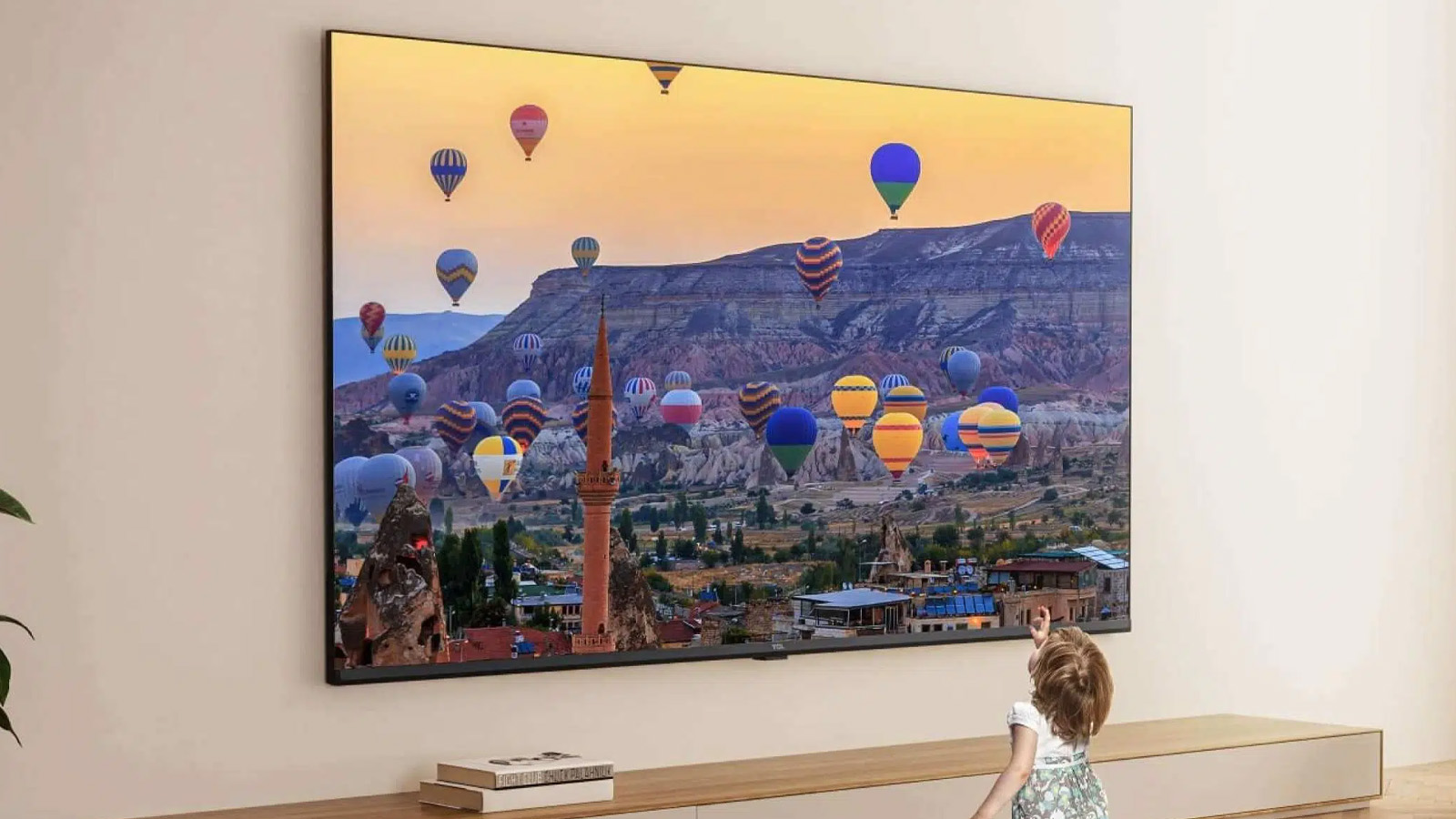 This ultra-bright mini-LED TV is the display of my dreams
This ultra-bright mini-LED TV is the display of my dreamsTCL's next flagship looks fantastic
By Andy Sansom
-
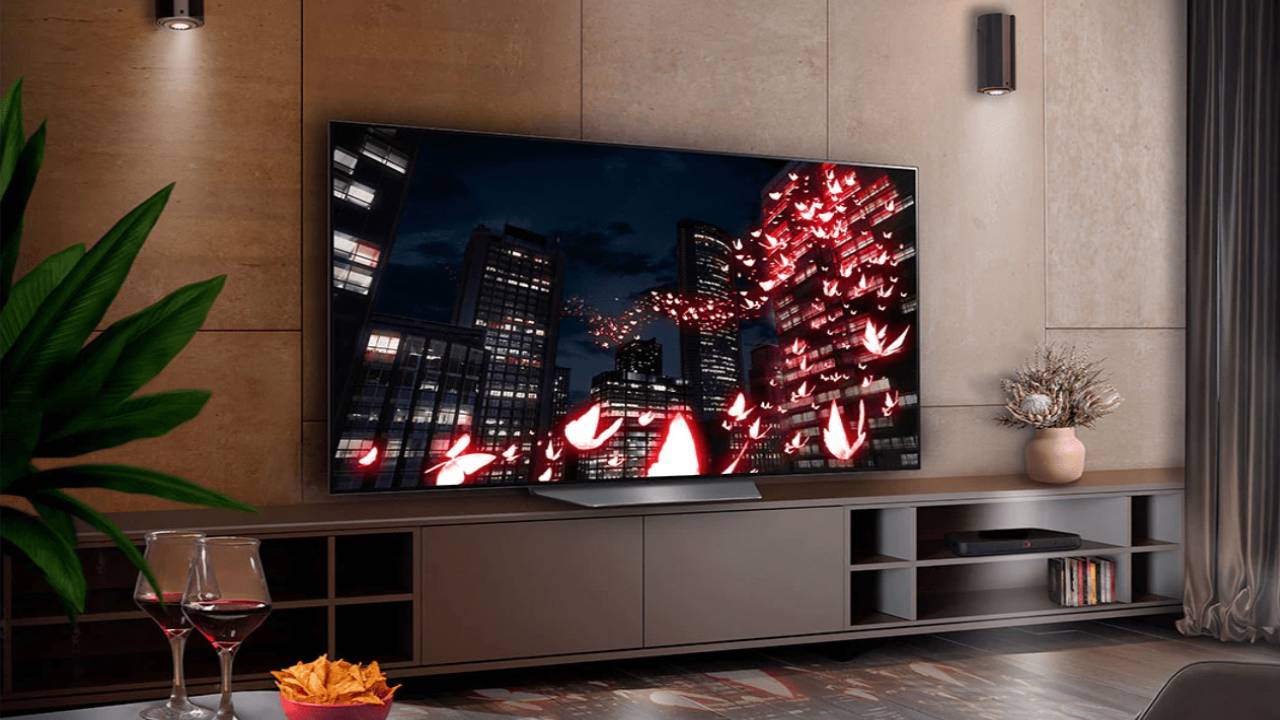 LG TV owners just got Apple TV+ for free
LG TV owners just got Apple TV+ for freeNo matter if you have an LG OLED TV or an LED model, you just got Apple TV+ for free
By Robert Jones